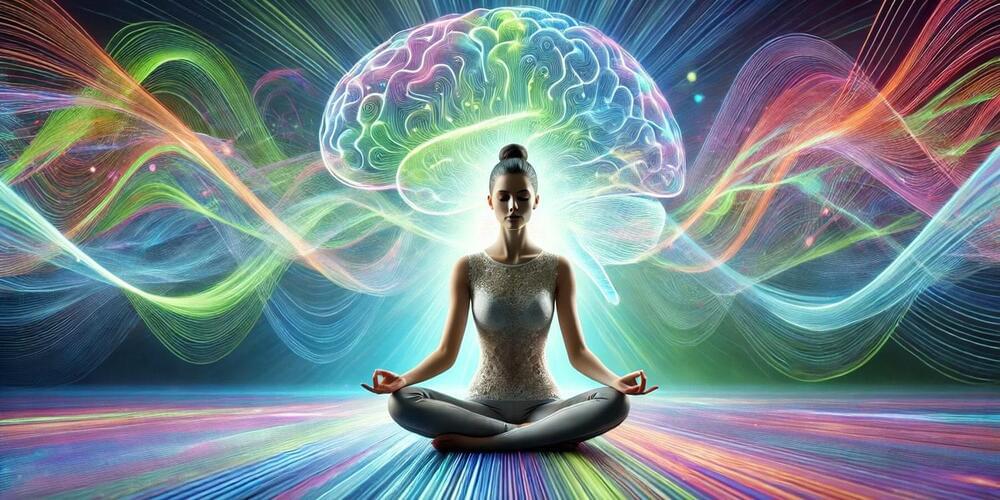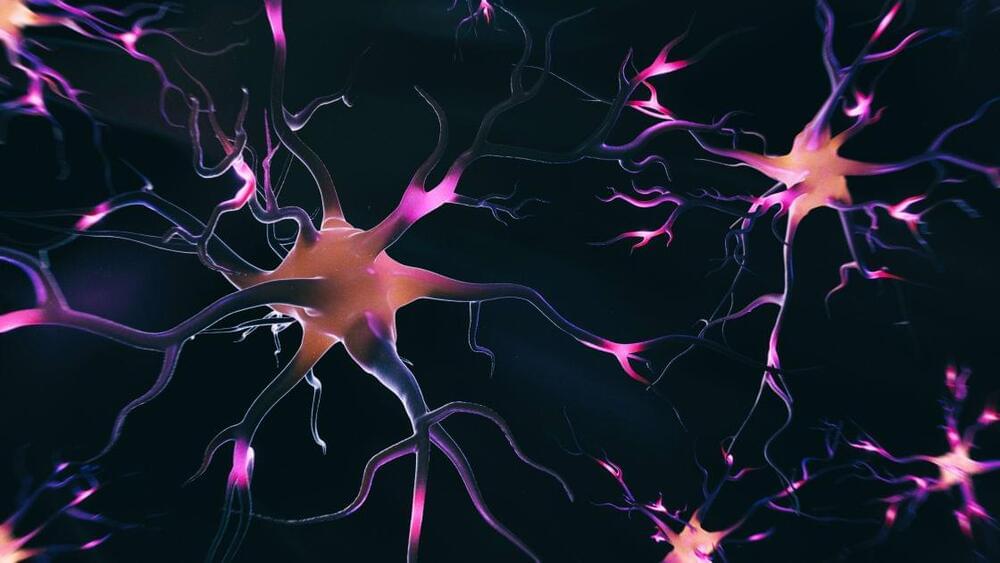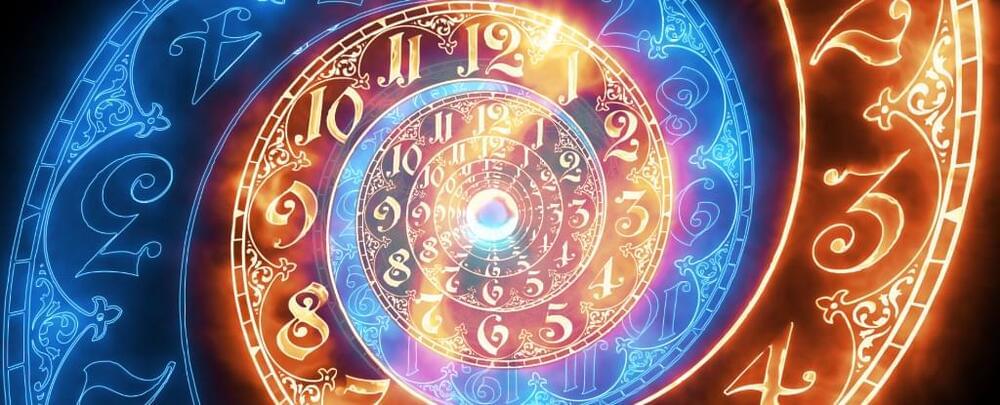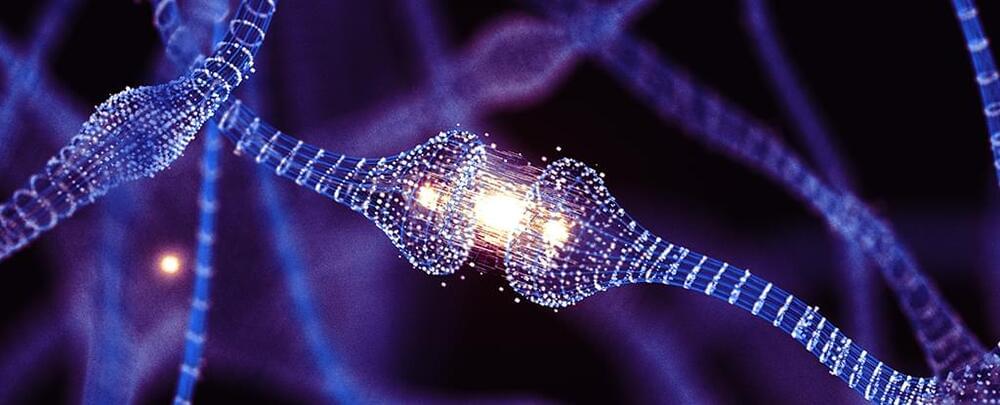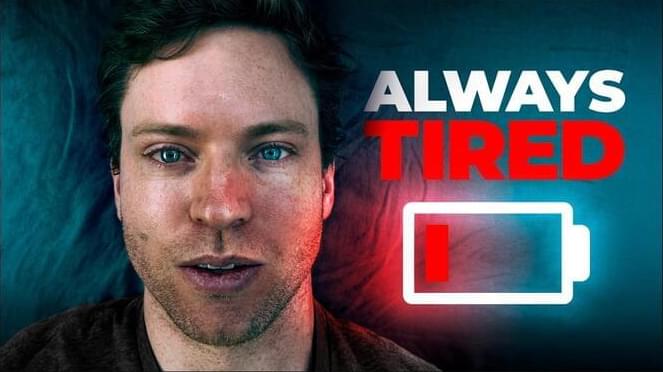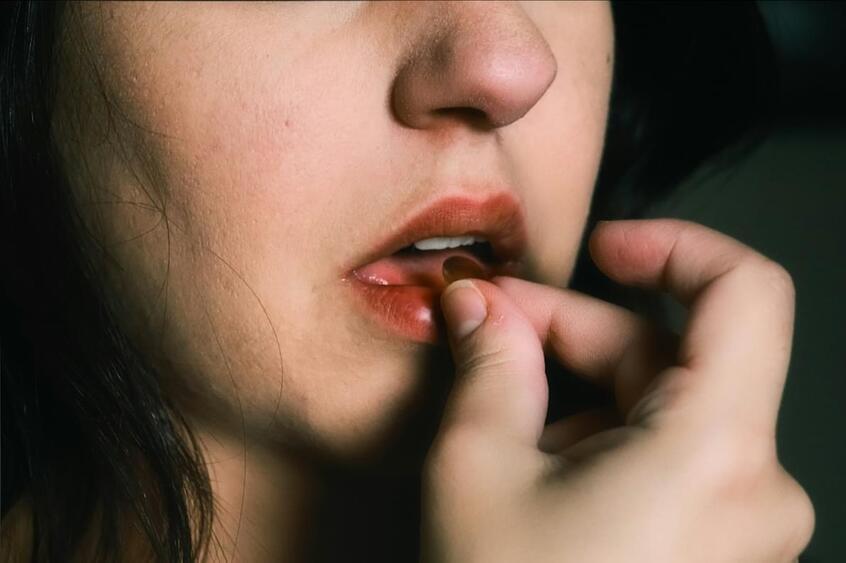Read writing from Sebastian Schepis on Medium. Software engineer, CTO, Co-Pi@Daigle Labs, mystic, meditator, father, friend. My interests include consciousness, prime numbers, math, music, people, nature.
Category: neuroscience – Page 94
How does mindfulness meditation reshape the resting mind? New research explores how experienced meditators’ brain activity differs from non-meditators.
A recent study published in PLOS Computational Biology found that people with stronger autistic traits, particularly those with a preference for predictability, tend to exhibit unique curiosity-driven behaviors. These individuals showed persistence in tasks requiring sustained attention, often leading to superior learning outcomes.
Autism spectrum disorder is a developmental condition that affects how individuals perceive and interact with the world. It is characterized by differences in communication, social interaction, and behavior patterns. Rather than being a singular condition, autism exists on a spectrum, meaning that individuals experience varying levels of intensity and expression of traits. While some may require significant support in daily life, others might navigate independently with unique strengths and challenges.
Autistic traits are characteristics commonly associated with autism but may also be present in varying degrees within the general population. These traits can include a preference for routines, heightened sensitivity to sensory input, and intense focus on specific topics of interest. While these traits can sometimes pose challenges, they also contribute to unique ways of thinking and problem-solving.
A key brain difference linked to autism has been found for the first time in living people.
Using a sophisticated imaging technology, Yale School of Medicine researchers found that the brains of autistic adults have fewer synapses — crucial junctions between nerve cells and other cells — than the brains of neurotypical individuals: bit.ly/3NK9gGQ Yale.
Autistic brains have fewer synapses compared to neurotypical brains, PET scans show.
We all know that time seems to pass at different speeds in different situations. For example, time appears to go slowly when we travel to unfamiliar places. A week in a foreign country seems much longer than a week at home.
Time also seems to pass slowly when we are bored, or in pain. It seems to speed up when we’re in a state of absorption, such as when we play music or chess, or paint or dance. More generally, most people report time seems to speed up as they get older.
However, these variations in time perception are quite mild. Our experience of time can change in a much more radical way. In my new book, I describe what I call “time expansion experiences” – in which seconds can stretch out into minutes.
DARPA seeks to revolutionize the practice of anti-money laundering through its A3ML program. A3ML aims to develop algorithms to sift through financial transactions graphs for suspicious patterns, learn new patterns to anticipate future activities, and develop techniques to represent patterns of illicit financial behavior in a concise, machine-readable format that is also easily understood by human analysts. The program’s success hinges on algorithms’ ability to learn a precise representation of how bad actors move money around the world without sharing sensitive data.
DARPA wants to eliminate global money laundering by replacing the current manual, reactive, and expensive analytic practices with agile, algorithmic methods.
Money laundering directly harms American citizens and global interests. Half of North Korea’s nuclear program is funded by laundered funds, according to statements by the White House1, while a federal indictment alleges that money launderers tied to Chinese underground banking are a primary source of financial services for Mexico’s Sinaloa cartel 2.
Despite recent anti-money laundering efforts, the United States (U.S.) still faces challenges in countering money laundering effectively for several reasons. According to Congressional research, money laundering schemes often evade detection and disruption, as anti-money laundering (AML) efforts today rely on manual analysis of large amounts of data and are limited by finite resources and human cognitive processing speed3.
– (
The work, published today in Nature, marks a significant step forward in our ability to study how the human body takes shape during early development.
The notochord, a rod-shaped tissue, is a crucial part of the scaffold of the developing body. It is a defining feature of all animals with backbones and plays a critical role in organising the tissue in the developing embryo.
Despite its importance, the complexity of the structure has meant it has been missing in previous lab-grown models of human trunk development.
In this research, the scientists first analysed chicken embryos to understand exactly how the notochord forms naturally. By comparing this with existing published information from mouse and monkey embryos, they established the timing and sequence of the molecular signals needed to create notochord tissue.
With this blueprint, they produced a precise sequence of chemical signals and used this to coax human stem cells into forming a notochord.
The stem cells formed a miniature ‘trunk-like’ structure, which spontaneously elongated to 1–2 millimetres in length. It contained developing neural tissue and bone stem cells, arranged in a pattern that mirrors development in human embryos. This suggested that the notochord was encouraging cells to become the right type of tissue at the right place at the right time.
A sequence of stress signals among specialized clean-up cells in the brain could at last reveal why some immune responses can cause significant nerve degeneration that results in the loss of memory, judgement, and awareness behind Alzheimer’s disease.
Blocking this pathway in mouse brains modeled on Alzheimer’s prevented damage to their synapse connections and reduced the buildup of potentially toxic tau proteins – both hallmarks of the condition.
The researchers, led by a team from the City University of New York (CUNY), believe this pathway – called the integrated stress response (ISR) – causes brain immune cells called microglia to go ‘dark’ and start damaging rather than benefiting the brain.
In the following link you will find the six most outstanding articles/videos published during the month of December on the website “El Radar del Rejuvenecimiento”
Posted in neuroscience | Leave a Comment on In the following link you will find the six most outstanding articles/videos published during the month of December on the website “El Radar del Rejuvenecimiento”
Meanwhile, scientists dug into how psychedelics and MDMA fight off depression and post-traumatic stress disorders. The year was a relative setback for the psychedelic renaissance, with the FDA rejecting MDMA therapy. But the field is still gaining recognition for its therapeutic potential.
Then there’s lenacapavir, a shot that protects people from HIV. Named “breakthrough of the year” by Science, the shot completely protected African teenage girls and women against HIV infection. Another trial supported the results, showing the drug protected people who have sex with men at nearly 100 percent efficacy. The success stems from a new understanding of the protein “capsule” guarding the virus’ genetic material. Many other viruses have a similar makeup—meaning the strategy could help researchers design new drugs to fight them off too.
So, what’s poised to take the leap from breakthrough to clinical approval in 2025? Here’s what to expect in the year ahead.

